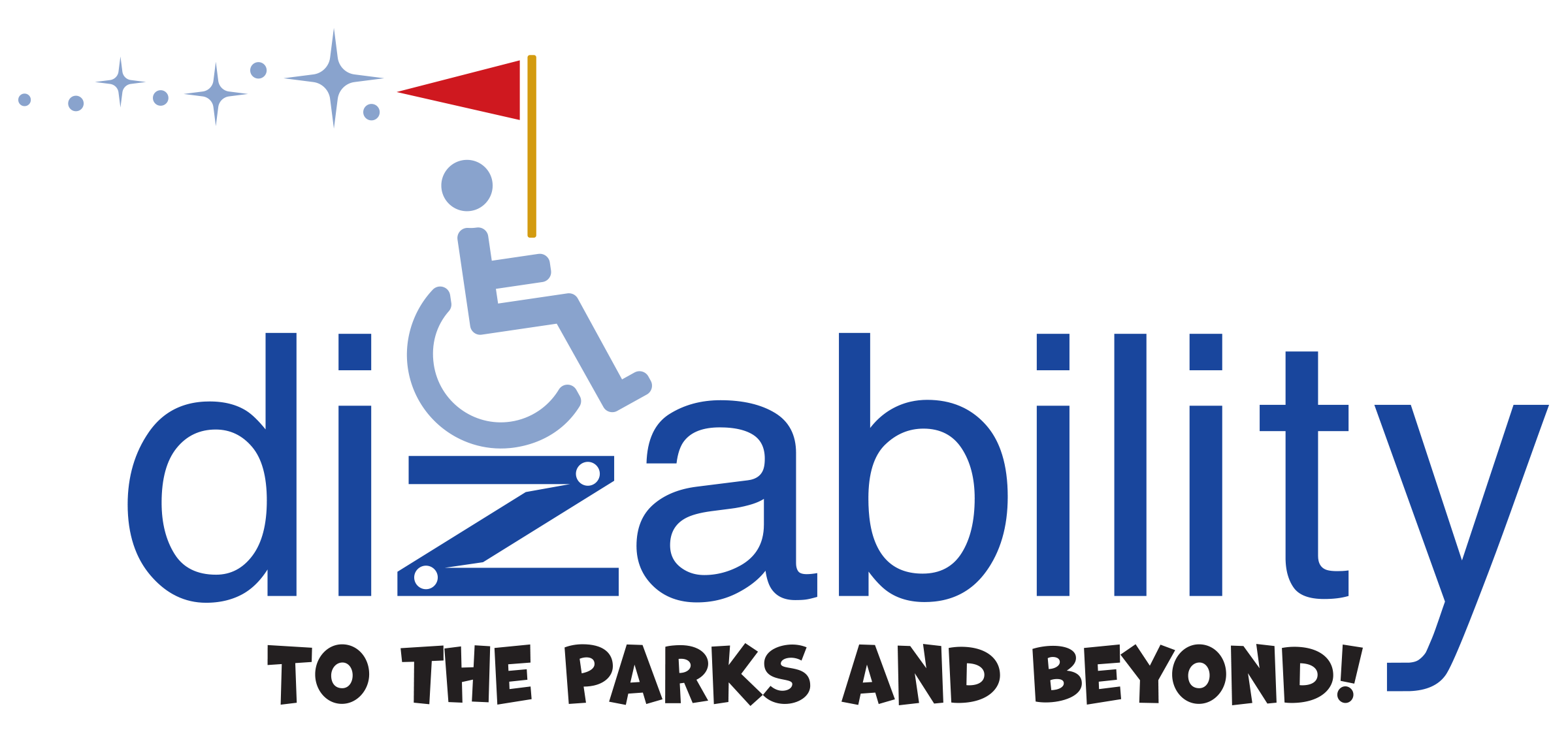Summary
For many families, a trip to Walt Disney World or Disneyland is a cherished dream, a chance to step into a world of magic and fantasy. For guests with certain disabilities, the Disability Access Service (DAS) pass has been a vital tool, turning that dream into a manageable reality.
DAS historically allowed guests who couldn’t tolerate waiting in conventional queues due to a disability to receive return times for attractions, similar to a virtual queue. However, recent changes implemented by Disney in 2024 have significantly altered the program, igniting a passionate and often painful debate within the Disney fan and disability communities.
What Was DAS PASS and Why the Overhaul?
The original intent of DAS Pass was straightforward: provide an alternative way to access attractions for guests whose disability prevents them from waiting in a standard line environment. This wasn’t a “skip-the-line” pass but rather a tool to wait outside the physical queue. Over the years, the program’s usage grew considerably. Disney stated that the changes were necessary to manage the increasing demand, curb misuse of the system by guests who didn’t truly need it, and protect the experience for those the service was originally intended for. The company aimed to improve efficiency and potentially reduce strain on the standby lines and the paid Genie+ service, which some argued was being negatively impacted by DAS usage.
The New Rules: What Changed?
The updated DAS program brought several key shifts. Eligibility criteria were narrowed, with Disney explicitly stating the service is intended for guests who, due to a developmental disability like autism, are unable to wait in a conventional queue environment. The registration process also shifted heavily towards pre-arrival virtual meetings with Cast Members, sometimes involving consultation with health professionals through third-party partners like Inspire Health Alliance to help determine eligibility.
Guests whose needs stem from other conditions (like anxiety, IBS, or conditions requiring frequent restroom breaks) might now be directed towards alternative accommodations, such as queue re-entry options or Rider Switch, rather than DAS. The definition of who qualifies became significantly tighter.
The Heart of the Controversy: Accessibility vs. Abuse
These changes were met with immediate and strong reactions. Many disability advocates and families raised serious concerns:
- Exclusion Fears: The primary worry is that the narrowed focus excludes many individuals with genuine, often invisible, disabilities who previously relied on DAS to navigate the parks. Conditions like severe anxiety, PTSD, Crohn’s disease, POTS, and others that make prolonged queuing impossible might no longer qualify under the stricter developmental disability criteria.
- Burden of Proof & Privacy: Requiring more detailed explanations or involving third-party health liaisons raised privacy concerns and questions about the appropriateness of Cast Members assessing complex medical needs.
- Reduced Accessibility: Critics argue that directing guests to less comprehensive solutions like queue re-entry doesn’t adequately address the needs DAS previously met, effectively reducing accessibility for a significant group.
- Impact on Families: For families who had built successful park strategies around DAS, the changes introduced uncertainty, anxiety, and fear that Disney vacations might no longer be feasible.
Conversely, some parkgoers welcomed the changes, hoping they would reduce perceived abuse of the system and potentially shorten wait times for everyone, including those using Genie+. They argue that clarifying the rules and ensuring DAS serves only those with the most significant barriers to queuing is fairer to all guests.
Finding the das pass Balance
The situation highlights a complex challenge: balancing genuine accessibility needs with operational realities and preventing system misuse in a high-demand environment. Disney aims to preserve the integrity of its accessibility services while managing park flow. However, the disability community emphasizes that accessibility shouldn’t be sacrificed for efficiency and that a wide range of conditions can create legitimate barriers to standard queuing.
The DAS controversy is ongoing. Disney states it continues to listen to feedback, but for many families impacted by the changes, the magic currently feels a bit less accessible. It remains a critical conversation about inclusivity, accessibility, and the definition of need in the Happiest Places on Earth.
(Disclaimer: Disney park policies can change. Always consult official Walt Disney World or Disneyland resources for the most current information on DAS and other accessibility services.)


 How To Score Top Disney Dining Reservations
How To Score Top Disney Dining Reservations
Leave a Reply